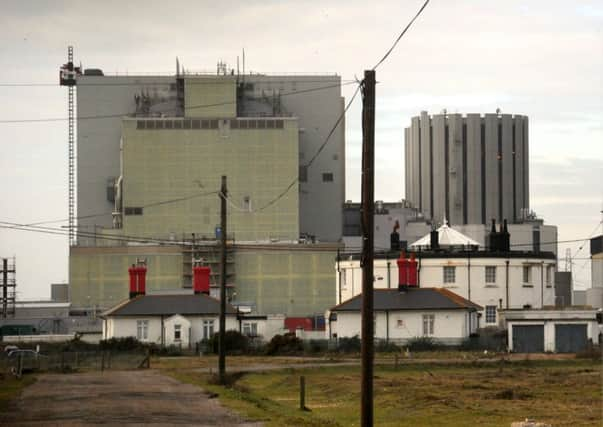Campaigners lose in High Court bid to challenge Lydd Airport expansion


The day after the region’s other major airport at Manston closed Mr Justice Ousley dismissed a two pronged challenge at London’s High Court to plans to expand the Lydd operation.
Local campaigners had argued that, with the close proximity of Dungeness nuclear power station to the airport expansion poses the threat of nuclear disaster in the event of a crash.
Advertisement
Hide AdAdvertisement
Hide AdAnd the Royal Society for the Protection of Birds put forward the alternative claim that extra flights will harm birdlife in nearby protected sites.
But, announcing his decision to dismiss both cases, Mr Justice Duncan Ouseley roundly rejected all arguments against expansion saying: “None of the grounds succeed.”
He went on to refuse the RSPB and the Lydd Airport Action Group permission to appeal his decision. However, it still remains open to them to ask the Court of Appeal directly for the go-ahead to challenge yesterday’s ruling.
The Action Group had said the airport is the only airport in the country within 5km of a nuclear power station, and that the currently operational Dungeness B and Dungeness A, potentially at risk in the event of an aircraft crash.
Advertisement
Hide AdAdvertisement
Hide AdIt had asked the judge to quash the grant of planning permission for an extended runway and new terminal buildings. The development will increase movements by larger aircraft from one every three days, as in 2009, to around 18 a day.
When the case was heard in January, Matthew Horton QC for the opponents to the plan told the judge: “Dungeness A and B were not constructed to withstand the impact of an aircraft above a certain weight.
“If such an aircraft were to crash on Dungeness B, it was agreed at the inquiry that it could cause a nuclear accident of the most serious kind, known as a Target 9 accident. Such an accident is defined as one which risks causing 100 or more fatalities, either immediate or eventual, from an on-site accident that results in exposure to ionising radiation. Target 9 is also referred to as the ‘societal risk target’.”
He said a Target 9 accident could result in 100 immediate or eventual deaths, or thousands or even more.
Advertisement
Hide AdAdvertisement
Hide AdHe claimed that the decision on whether the development was “materially objectionable” on nuclear safety grounds was, effectively, unlawfully delegated to the Office For Nuclear Regulation (ONR), which had decided not to object.
But the judge said that the decision giving the go-ahead for the plan followed the recommendations of an inspector’s report, which was based on “significant evidence” of the risk posed.
He said that the inspector had reached a “perfectly sensible conclusion which the Secretaries of State for Communities and Transport were entitled to accept as they did”.
He said the argument that the decision had effectively been delegated to the ONR was “unsustainable”, and that the inspector had accepted there would be “some increase in risk” but relied on ONR figures that showed how small the increase in that risk would be compared to existing airport use.
Advertisement
Hide AdAdvertisement
Hide Ad“There was no error of law in his acceptance of the safety evidence and certainly nothing irrational in giving weight to the considered, reasoned, explained and continuing absence of objection from ONR,” said the judge.
“The Secretaries of State’s decision therefore cannot be flawed by reliance on the reasoning and conclusions of the inspector.”
At the same time in his complex 165 paragraph judgment, the judge dismissed the RSPB’s concerns, finding that the inspector concluded there was “no likelihood of a significant effect” on nearby sites protected under the European Habitats Directive.